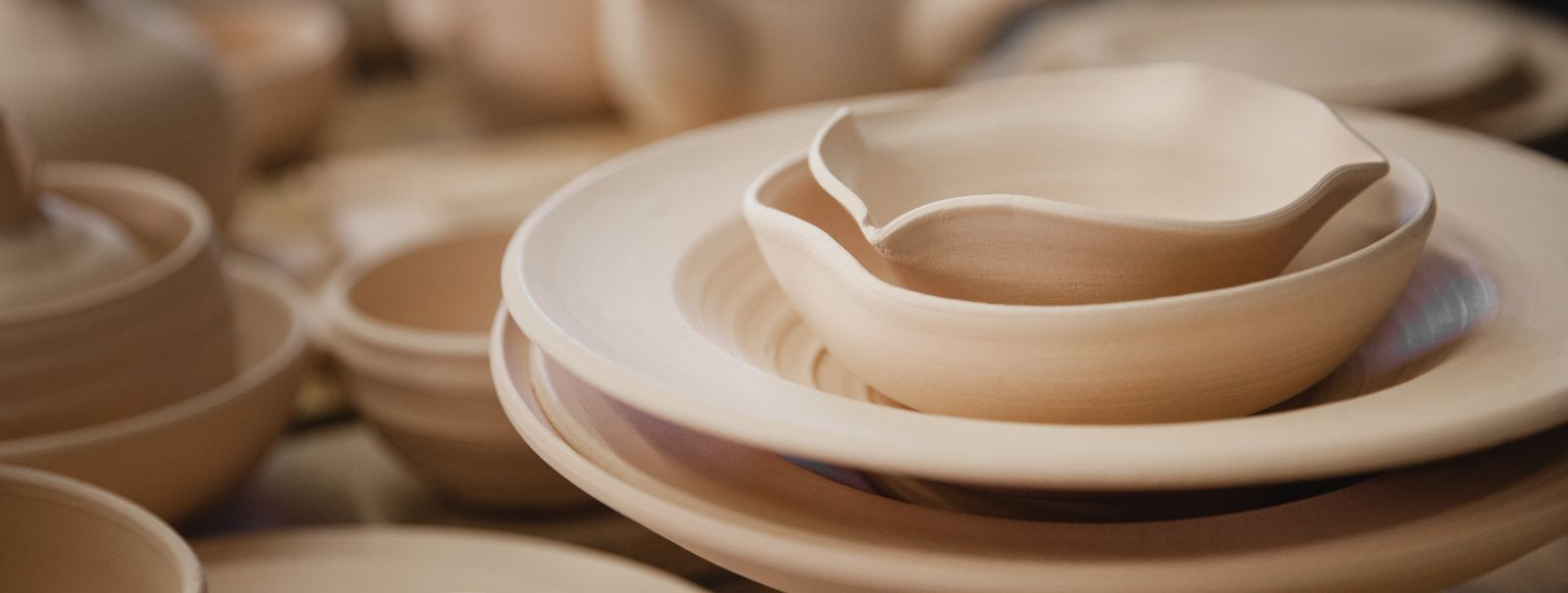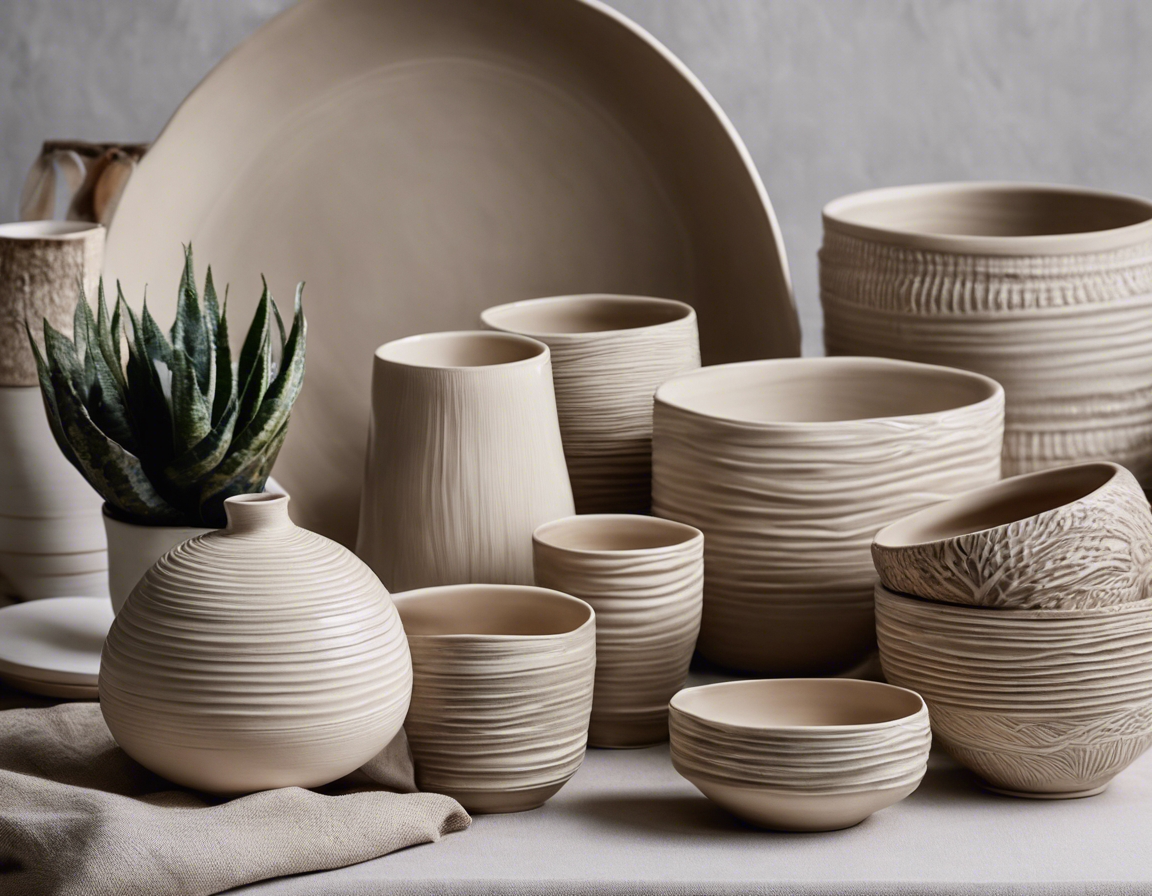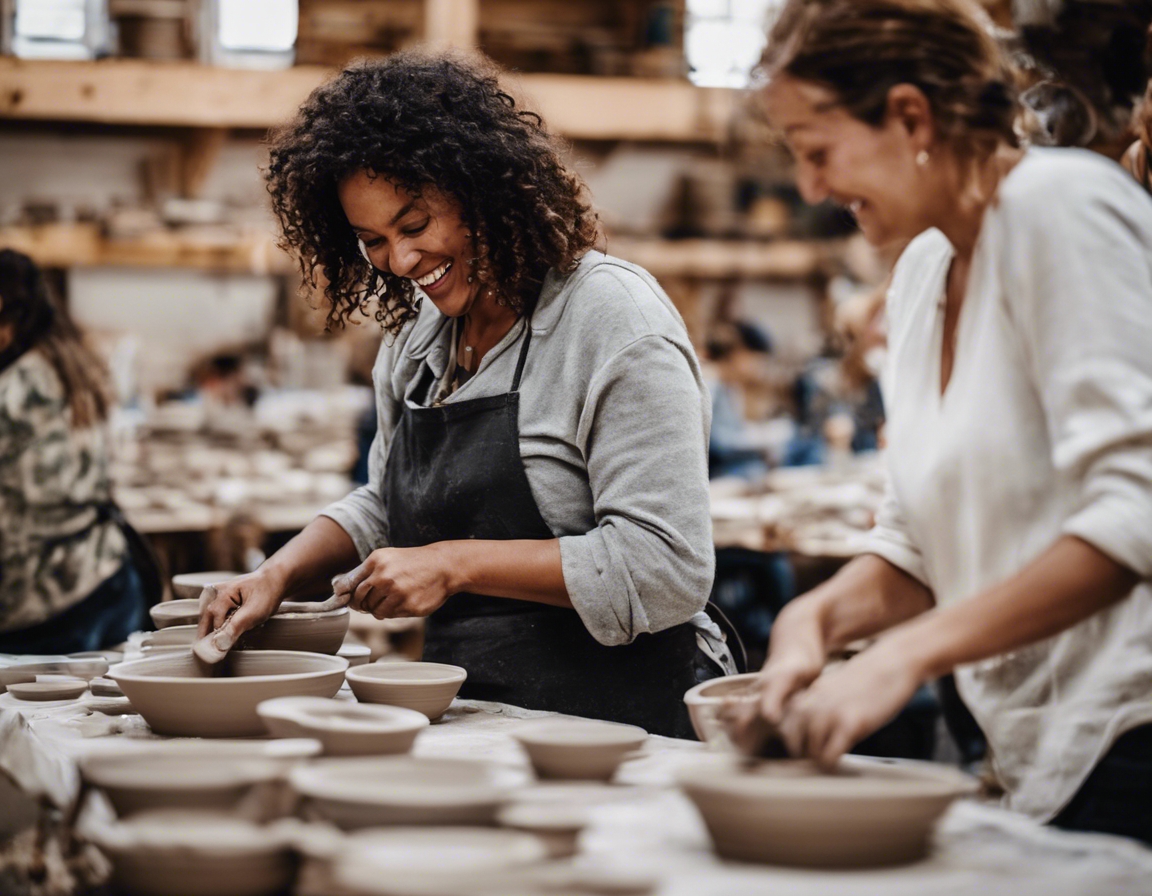Finding your creative outlet in pottery
For many, the quest for a fulfilling creative outlet leads to the ancient and noble art of pottery. This tactile form of expression not only allows for the creation of functional and decorative items but also offers a unique blend of physical engagement and mental relaxation. In this exploration of pottery as a creative outlet, we delve into its therapeutic benefits, cultural significance, and practical steps to get started.
Engaging in pottery can be a profoundly therapeutic experience. The act of molding clay with your hands is meditative, helping to reduce stress and improve focus. The process of creation provides a sense of accomplishment and can be a powerful way to express emotions non-verbally.
Pottery holds a special place in cultural heritage, with each piece telling a story of the time, place, and people from which it originated. As a potter, you become part of this timeless narrative, contributing your voice to a global conversation that spans millennia.
The Basics of Pottery for Beginners
Beginning your pottery journey requires a few basic materials and tools. Clay, a work surface, and a selection of shaping tools are essential. Additionally, understanding the different types of clay and their firing requirements is crucial for successful creations.
Mastering the basics, such as wedging, centering, and coiling, lays the foundation for more advanced pottery techniques. These initial skills are vital for creating stable and aesthetically pleasing pieces.
Exploring Different Styles and Techniques in Pottery
Hand-building is a versatile method that allows for a wide range of forms and styles. Techniques such as pinching, coil construction, and slab building are accessible to beginners and offer ample room for creativity.
Wheel-throwing is a mesmerizing skill that, once learned, opens up a world of possibilities for creating symmetrical and complex forms. It requires patience and practice but is incredibly rewarding.
The final step in the pottery process is glazing and decorating. This stage is where you can truly personalize your work, experimenting with colors, textures, and patterns to bring your vision to life.
Setting Up Your Pottery Workspace
Creating a dedicated space for pottery is important for both practicality and inspiration. Whether it's a corner of a room or a separate studio, the right environment can greatly enhance the pottery experience.
Equipping your workspace with the right tools and equipment, such as a pottery wheel, kiln, and various shaping tools, is essential for taking your pottery practice to the next level.
Joining the Pottery Community
Workshops and classes not only provide instruction but also the opportunity to connect with a community of like-minded individuals. These settings offer support, inspiration, and the chance to share knowledge and techniques.
Building relationships with other pottery enthusiasts can be enriching. Joining online forums, attending pottery fairs, and participating in local events are great ways to engage with the wider pottery community.
Finding Inspiration for Your Pottery Projects
Studying both historical and contemporary pottery can provide a wealth of inspiration. Observing the work of others can spark new ideas and influence your own unique creations.
Ultimately, pottery is about expressing your personal style and creativity. It's a journey of discovery, where each piece reflects your evolving skills and artistic vision. Embrace the process, and let your creativity flow through the clay.





Comments (0)